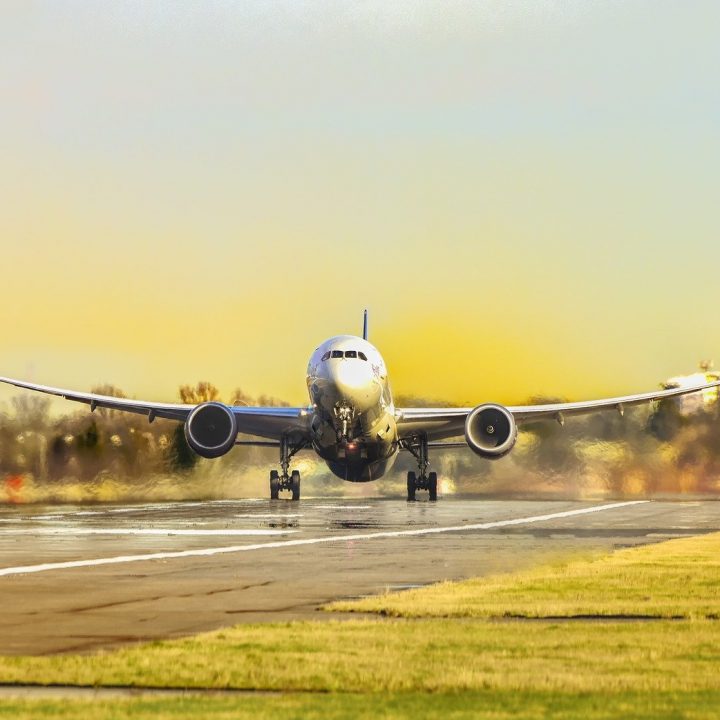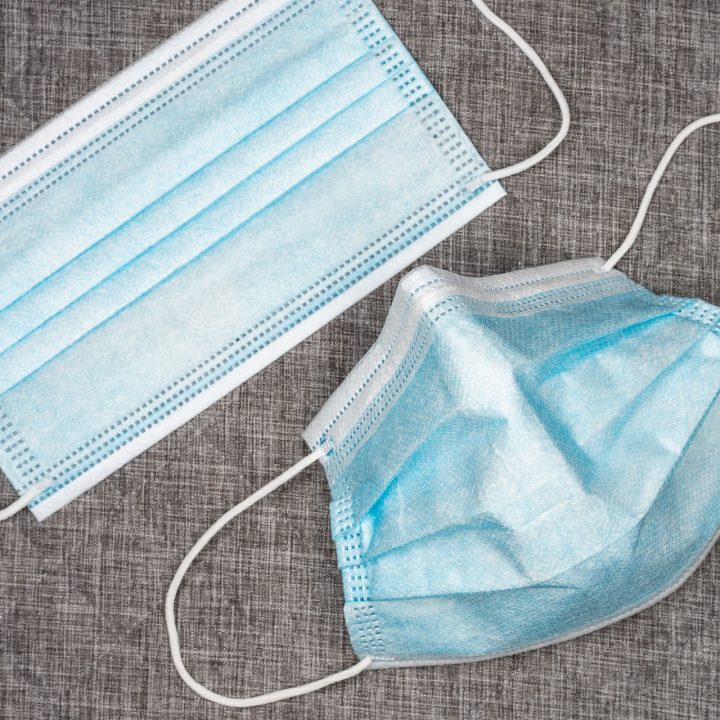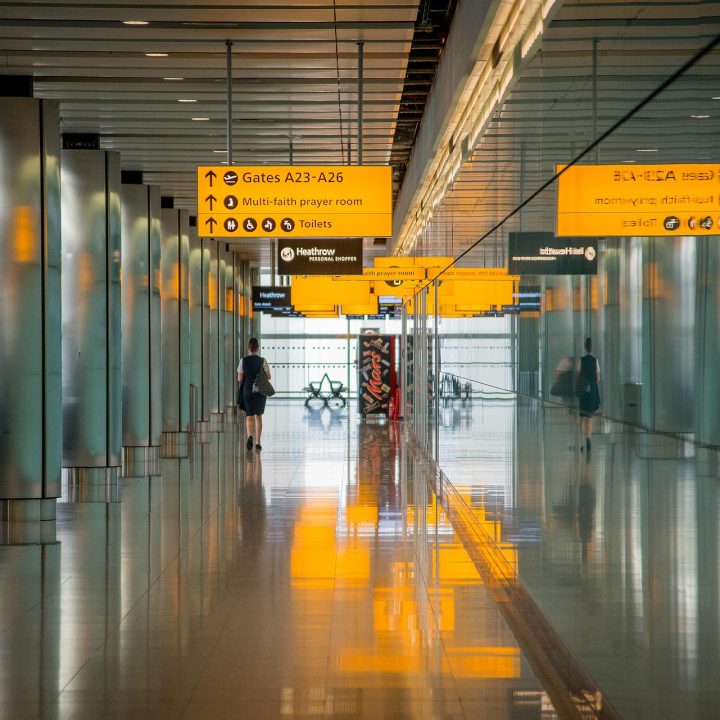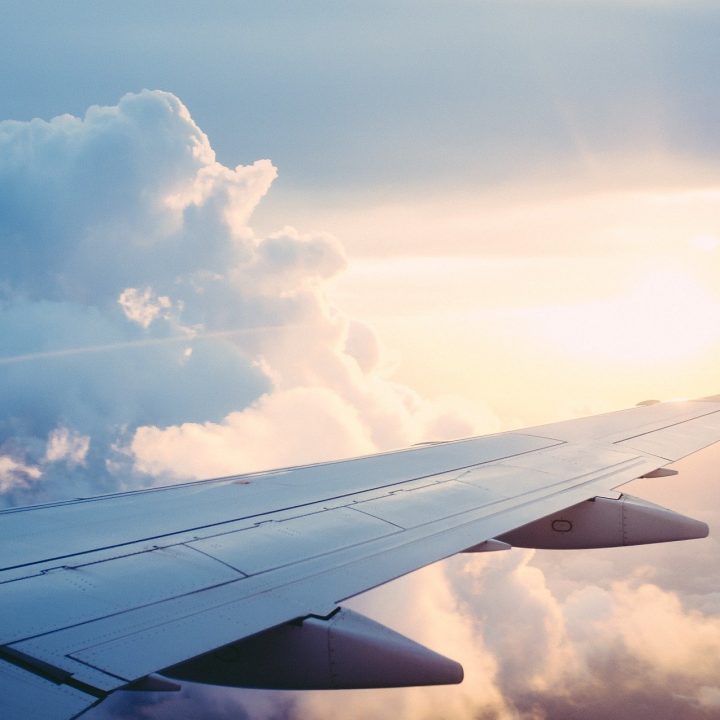
Recently there has been reached an agreement in the EU regarding the criteria for consideration and zoning of European countries and regions regarding the level of COVID-19 incidents, establishing a traffic light system that allows the countries to be classified by color depending on the epidemiological situation of a given country and lets unify travel restrictions. However, the system does not establish common requirements for travelers coming from the orange or red areas - which means having a higher incidence of infections.
This means that different European countries keep on establishing their own requirements for entry into their countries, whether through the requirement of PCR tests with negative results, carried out in the country of origin or destination, or quarantines, which in cases of different countries can last between a few days and two weeks.
At the beginning of October, there was drawn up a proposal between IATA, A4E and ACI Europe and other industry associations, addressed to the European Commission insisting on taking the most appropriate measures to revive the European air transport sector. Specifically, the measure for the prevention of infections by COVID-19 imposed by the governments that most worries the industry are quarantines.
According to the petition drawn up by the aforementioned associations, this lack of common requirements and the remarkable presence of the figure of quarantines and isolation prevents the traveler from being encouraged to make a trip, due to the existing uncertainty and frequently changing regulations.
From a study carried out by IATA in July of this year, it comes that the percentage of travelers who show concern about having to undergo a quarantine is equal to that of those who show concern about being infected during the trip (more than 80 % of travelers surveyed), data that shows the weight of the restriction when buying and organizing a trip.
From another study carried out by the same association in the month of October, it turns out that the probability of contagion inside an airplane is very low, more specifically, only 1 in 27 million, which indicates that this mean of transport shows a high security against the risk of contagion, even in a closed space. According to the study, this occurs due to the obligation to wear masks, although the specific type of mask that must be worn is not regulated by any norm, as well as the ventilation system of aircraft.



What the associations insist on is the implementation of the tests that are carried out at the airport of origin, so that the traveler who enters the airport and follows all the stages of travel is the traveler who is not infected. Thus, the results are more efficient than the quarantines to which, in some cases, some passengers in the destination country are due, having previously passed through at least two airports and at least one airplane.
These tests, according to the criteria, should be reliable and with a result available in a maximum of one hour, supported by the mutual recognition system of the member countries of the European area, as well as financed by public authorities, or delegated to cost of passengers, but at an affordable price. By implementing a test system at the origin, the need to take temperatures at airports could also be questioned, being this to date, an indicator that does not necessarily reflect the contagion by COVID-19.
Today the instructions available for airport management are the technical guides for action and recommendations issued by the listed associations. The instructions issued by bodies of this type mainly gather general measures for the maintenance of sanitary security, such as cleaning and personal hygiene issues; the safety distance that must be maintained in the airport spaces, as well as some recommendations on how to distribute passengers respecting interpersonal distance once boarding the plane has taken place, the recommendation to extend boarding times, etc.
Likewise, there are general recommendations about providing services by the operating airline once on board of the plane, as well as some advice on the uses of the plane's facilities, provision of food and drink service and how the staff on board must proceed in case of detecting a suspicion of contagion among passengers or crew.
What generates the most uncertainty at the moment is the disembarkation process, for which specific instructions would be required, as it is a stage of travel which usually turns out to be more chaotic. In addition, these instructions would vary depending on the type of aircraft that has made the trip, its internal characteristics, as well as the type of disembarkation to be applied (tunnel, bus, walk) until reaching the destination airport building.
The whole industry continues to keep an eye on the adoption of the suggested measures, as well as the passengers themselves who want to enjoy freedom of movement again, even covered with masks.

